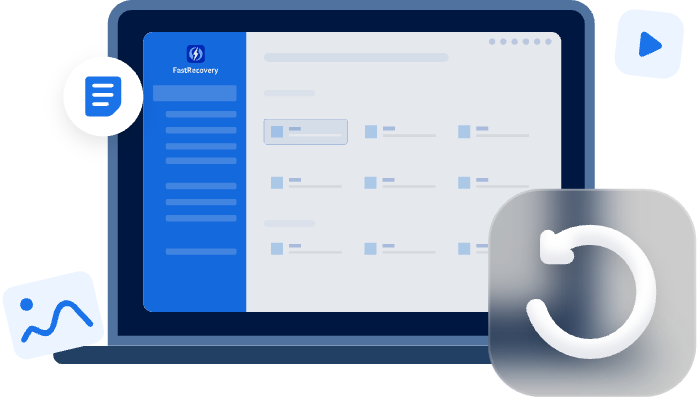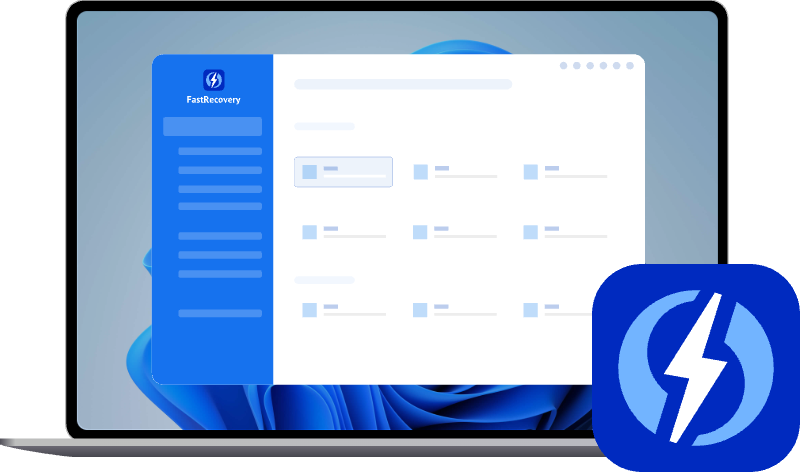Quick Fixes: D Drive Is not Accessible. Access Is Denied (Windows)
Receiving the error "D drive is not accessible. Access is denied" on Windows 10/11? 👇 Scroll down to get the possible reasons and fix it with 4 effective solutions (without data loss).
Error - D:\ is not accessible. Access is denied
“All of a sudden, my local D drive gives me an error when I try to open it: D:\ is not accessible. Access is denied. I have some important files on the drive. How can I fix D drive is not accessible access is denied on Windows 10?”
Sometimes, when you try to open a local disk or external hard drive, you will receive the error “drive is not accessible. Access is denied”, preventing you from accessing files. It's annoying, especially when you store important data there. You definitely don't want to lose them if there is any fix for it.
Don't be afraid, this article will introduce the possible reasons and corresponding solutions. You can check the reasons that might cause this issue and then attempt to fix it.
Why is my hard drive access denied?
If you encounter "D drive not accessible, access denied" on Windows 10/11, as well as other similar errors, such as "F:\ is not accessible, access is denied", "external hard drive is not accessible, access is denied", the reasons for this may be the following:
- The hard drive file system is corrupted.
- The hard drive becomes RAW or has bad sectors.
- Your disk is infected with viruses.
- You do not have permission to access this disk.
⭐Part 1: Recover data from inaccessible drive (Act Now)
If the D drive is inaccessible, it's suggested to recover data from it using a reliable data recovery software, as any operation may cause data overwriting. This may make data recovery more difficult and irreversible.
AOMEI FastRecovery is a professional recovery tool that integrates with advanced scanning methods to access your drive and data on Windows 7, 8, 10, 11, and Servers, even if it's inaccessible. It's read-only and does not cause any data loss.
It's user-friendly and partitioned well, so you can easily find the inaccessible drive (e.g, D:) and scan for deleted or lost files, more than 1000 data types, from documents to images, audios, videos, etc. It also provides users with some useful features to find files quickly, especially specific files or folders, and recover them during scanning, without waiting for the final results.
Steps to recover data from inaccessible hard drive
❌Don't download and install AOMEI FastRecovery to the inaccessible drive. Meanwhile, stop using this drive, or restart your computer afterward. These operations may cause data overwriting.
Step 1. Download and run the AOMEI FastRecovery software on your computer. Under Hard Drive Recovery, click the inaccessible D: drive, and click Scan.
Step 2. It will scan the drive with Quick Scan(about 3-5 seconds). By default, it only displays deleted or lost files, greatly saving your time.
Step 3. Optionally, click the Search bar or Filter button to find files you want to recover quickly. Double-click the files to preview them if you are not sure. Then, select the wanted files and folders, and click Recover to get them back quickly.
-
You can specify the file name or extension in the search field, while the data type and size are in the filter feature. Select according to your needs.
-
If the target file is still not found, click Deep Scan to search for more disappearing files on that drive.
-
Please select a new location to save the recovered files as restoring to original location may cause data overwriting.
⭐Part 2: 4 fixes to "D drive is not accessible. Access is denied" on Windows
How do I fix "D drive is not accessible"? We offer you 4 simple and effective fixes. You can try the methods one by one to solve the D drive access denied error.
| ✅ Get permission for inaccessible drive | It's the main cause behind the no access error. You can check this in the Properties window. It might say, "You must have Read permissions to view the properties of this object. Click Advanced to continue". |
| 🔧 Repair disk errors with CHKDSK | It might be disk errors if there are no permission issues. |
| 💾 Assign a new drive letter | Also, drive letter conflicts may cause an inaccessible drive. |
| 🧰 Directly format hard drive | Formatting is the last resort to solve existing hard drive issues. Note that it will delete all data on the current disk. You need to recover data first. |
Method 1. Get permission for inaccessible drive
No permission to hard drives is the main reason why the D drive is not accessible on Windows. You can change the owner label to get permission to the inaccessible drive.
Step 1. Right-click the D drive in File Explorer and click Properties. On the pop-up screen, select the Security tab, and click Advanced.
Step 2. Hit the Change option next to the owner label.
Step 3. Then, input your user account in the Enter the object name to select filed, and click Check Names > OK.
Step 4. After that, right-click the D drive again, and choose Properties > Security > Edit.
Step 5. Select your user account under Group or user names, and set the permission to Full control to click Apply.
Method 2. Run CHKDSK to repair disk errors
If there is no permission issue, the error “drive D is not accessible, access is denied on Windows 10” may be caused by file system errors or bad sectors. You can use the CHKDSK command to detect and fix disk errors in the following guide.
Step 1. Type “cmd” in the Windows search box, and choose Run as administrator.
Step 2. Input chkdsk d: /f or chkdsk d: /r and click Enter. Please replace d: with your drive letter.
-
/f tells it to fix any found errors.
-
/r includes the /f feature, mark bad sectors, and recover readable info.
The repair process may take some time, depending on the severity of the damage and the size of the disk capacity. After the repair, you can see if the disk can be accessed successfully.
Please pay more attention, as some users report "CHKDSK deleted my files".
Method 3. Reassign a drive letter to inaccessible disk
A conflicted drive letter can also be a cause behind “D drive not accessible, access denied" on Windows 10. Try to change the drive letter to a new one that is not currently in use.
Step 1. Press WIN + X on the keyboard at the same time, and choose Disk management.
Step 2. Locate the target hard disk, right-click it, and select Change Drive Letter and Paths.
Step 3. Click Add and select Assign the following drive letter. Then, pick a new drive letter for your inaccessible hard disk, and click OK.
This can also be helpful in fixing D drive not working, computer drive missing, and other issues.
Method 4. Format hard drive to restore health
Formatting a hard drive deletes harmful files, fixes existing errors, and improves performance. But it cleans up all data on the disk as well. So you'd better recover data from inaccessible hard drive first.
Now, let’s have a look at how to format a hard drive.
Step 1. Right-click D drive in File Explorer, and click Format.
Step 2. You can change the file system, allocation unit size, or volume label in the following window. If not, leave them to their defaults, and hit Start > OK.
Conclusion
“D drive is not accessible access is denied on Windows 10” is an annoying problem that prevents us from reading data stored on it. But you can use the useful methods above to fix it. Note that any operation after the drive is inaccessible may cause data overwriting.
To avoid further data loss or make data recovery more difficult, it's suggested to recover data from inaccessible drive first. AOMEI FastRecovery, a reliable data recovery software, will be a great choice. It's simple, fast, and professional. Free download it to have a try!

